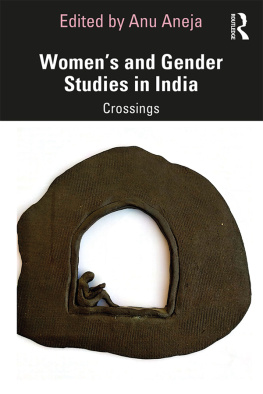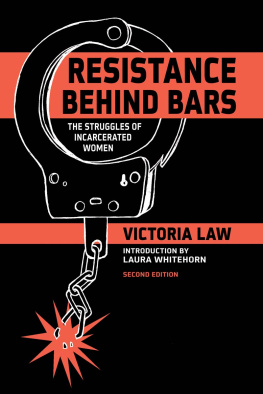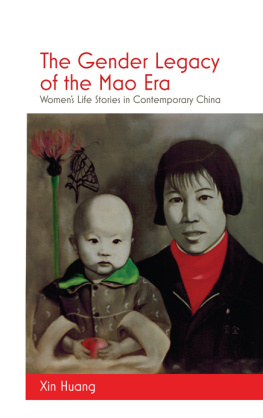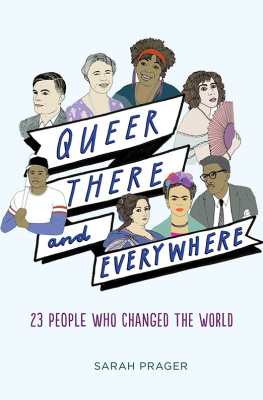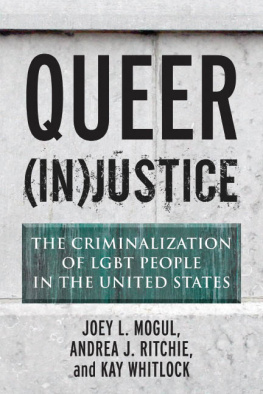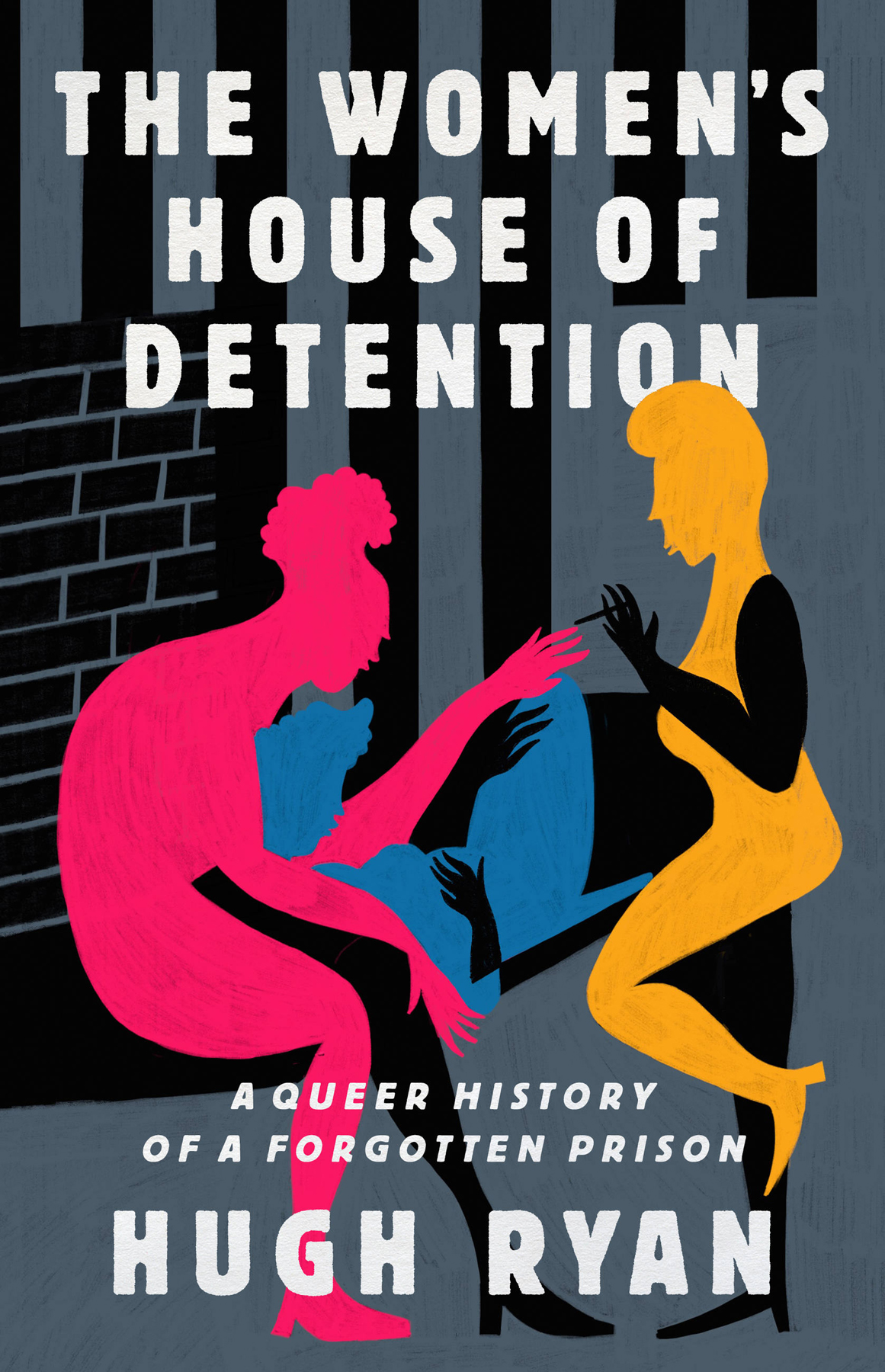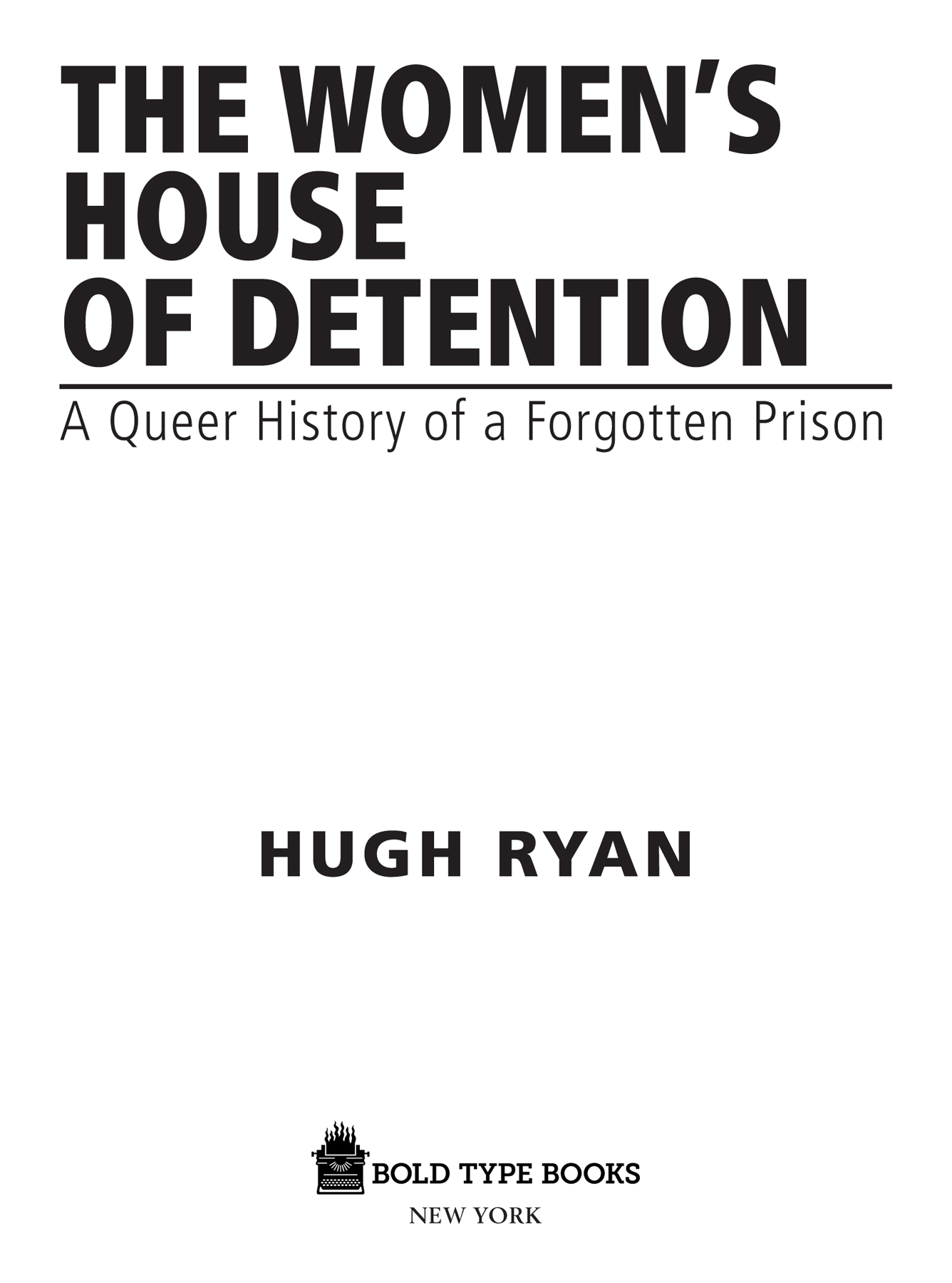In this essential, abolitionist work, historian and author of When Brooklyn Was Queer Hugh Ryan uncovers the stories of this bewildering place and of the people who populated it.
Electric Literature
By using queer history as a framework, Ryan makes the case for prison abolition stronger than ever. Part history text, part call to activism, this book is compelling from start to finish.
Buzzfeed
While this book is ostensibly about the New York City Womens House of Detention, Greenwich Villages forgotten queer landmark, it is also about so much more. Ryan contextualizes the notorious prison in the realms of criminology, queer theory, womens history, geography, and many other disciplines. This blend of queer history and social history is highly recommended.
Library Journal
Expertly mining prison records and other source materials, Ryan brings these marginalized women to vivid life. This informative, empathetic narrative is a vital contribution to LGBTQ history.
Publishers Weekly
A truly radical, moral, and exciting history that will blow your mind. Ryan argues that it was the creation of a womens prison in the West Village that helped center lesbian life in that area. Since lesbians are poorer (no mens incomes), de-facto marginalized, and more often deprived of family support, lesbians and queer women and trans men have also been overrepresented in prisons. Using records documenting poor, white, Black, and Latina women incarcerated for criminalized lives, Ryan shows us the profound injustices of prisons themselves, and how lesbians have been demeaned and yet tried to survive. A game changer from a community-based historian.
Sarah Schulman , author of Let the Record Show: A Political History of ACT UP New York, 19871993
In the 1950s and 1960s, I lived my femme lesbian life in the shadow of the Womens House of D. In the bar that was home to me, parties were held to greet released lovers or to mourn new incarcerations. The Womens House of Detention was the horizon of my early lesbian queer life; I have carried the voices of the separated lovers I heard in those hot summer streets all my years. In 1971, the building was erased from its Village corner, but Hugh Ryan refuses that erasure. These pages are thick with women and transmasculine people stepping back into our communal history, our national history. In this portrait of one prisons life we can see the nation we have become and why, where mass incarcerations of Black, Brown, and poor people have taken genocidal proportions. Ryan uses new archival sources to emphasize the prisons role in punishing nonconforming expressions of gender and love. Read this and you too will hear the lost voices reminding us both of their vitality, and of the work that still must be done. A needed, needed history.
Joan Nestle, author and founder of the Lesbian Herstory Archives
A rigorously researched and compellingly told piece of queer history that features a memorable cast of heroic characters. Ryan squarely places his subject in the context of our contemporary society to illustrate the ugly and longstanding enactment of homo/transphobic terrorism by the carceral state.
Melissa Febos , author of Girlhood and Body Work: The Radical Power of Personal Narrative
A fascinating, lively, and devastating story reverberates in the pages of The Womens House of Detention . Hugh Ryan reveals the vital realities of people confined to the margins, whether behind the walls of the notorious House of D in the heart of the Village in Manhattan, or at the edges of complex communities in the tumult of twentieth-century New York City. Ryans engrossing and rigorous history of one jail documents an intersection of gender politics, evolving queer identity, and brutal racial repression, and is essential reading in a nation that now incarcerates 30 percent of the worlds women prisoners.
Piper Kerman , author of Orange Is the New Black: My Year in a Womens Prison
Hugh Ryan has gifted us with a magnificent queer history of the notorious Womens House of Detention in New Yorks Greenwich Village that spans almost fifty years. With an astonishing gift for digging into archives, using their own letters and voices as much as he can, Ryan illuminates those whose lives were deemed irredeemable. Stories that resonate with the humanity, resourcefulness, and loving of imprisoned Black, Puerto Rican, and working-class women are combined with those of political prisoners like Claudia Jones, Elizabeth Gurley Flynn, Angela Davis, Andrea Dworkin, Afeni Shakur, and Joan Bird. This meticulous work shines like a lighthouse beacon on a fog-shrouded shore. A brilliant achievement.
Bettina Aptheker, distinguished professor emerita of feminist studies, University of California, Santa Cruz
Copyright 2022 by Hugh Ryan
Cover design by Pete Garceau
Cover image illustration by Eiana Ejait
Cover copyright 2022 Hachette Book Group, Inc.
Hachette Book Group supports the right to free expression and the value of copyright. The purpose of copyright is to encourage writers and artists to produce the creative works that enrich our culture.
The scanning, uploading, and distribution of this book without permission is a theft of the authors intellectual property. If you would like permission to use material from the book (other than for review purposes), please contact permissions@hbgusa.com. Thank you for your support of the authors rights.
Bold Type Books
116 East 16th Street, 8th Floor, New York, NY 10003
www.boldtypebooks.org
@BoldTypeBooks
First Edition: May 2022
Published by Bold Type Books, an imprint of Perseus Books, LLC, a subsidiary of Hachette Book Group, Inc. Bold Type Books is a co-publishing venture of the Type Media Center and Perseus Books.
The Hachette Speakers Bureau provides a wide range of authors for speaking events. To find out more, go to www.hachettespeakersbureau.com or call (866) 376-6591.
The publisher is not responsible for websites (or their content) that are not owned by the publisher.
Names of some individuals have been changed.
Library of Congress Cataloging-in-Publication Data
Names: Ryan, Hugh, 1978 author.
Title: The womens house of detention : a queer history of a forgotten prison / Hugh Ryan.
Description: New York : Bold Type Books, [2022] | Includes bibliographical references.
Identifiers: LCCN 2021040521 | ISBN 9781645036661 (hardcover) | ISBN 9781645036647 (ebook)
Subjects: LCSH: Womens House of Detention. | Reformatories for womenNew York (State)New YorkHistory20th century. | Women prisonersNew York (State)New YorkSocial conditions20th century. | Transgender prisonersNew York (State)New YorkSocial conditions20th century. | Poor womenNew York (State)New YorkSocial conditions20th century. | Prison abolition movementNew York (State)New YorkHistory20th century. | Greenwich Village (New York, N.Y.)
Classification: LCC HV9481.N62 W6679 2022 | DDC 365/.430974741dc23
LC record available at https://lccn.loc.gov/2021040521
ISBNs: 9781645036661 (hardcover), 9781645036647 (ebook)
E3-20220317-JV-NF-ORI
This book is dedicated to the memory of the forgotten.
T HROUGHOUT THIS BOOK I USE THE WORD Q UEER IN A MATERIALIST, rather than identity-based, way to refer to the broad collection of people whose sexual and gender expressions were not normative in their time. Use of the word queer to refer to sexually nonnormative people goes back to the early nineteenth century, but most of the people I discuss in this book would not have used that word, in that way, for themselves. In that sense, it is an ahistoric term that is useful in this context.


